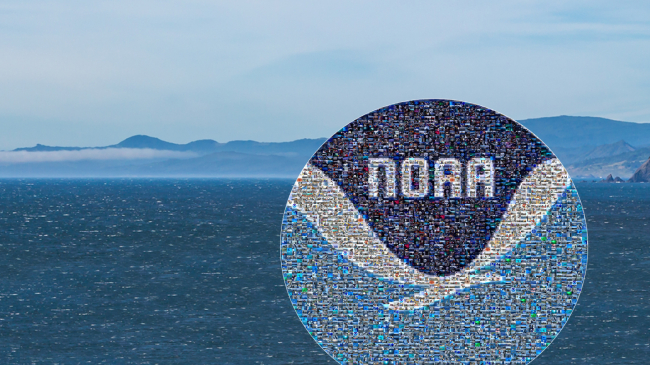The Arctic is remote, but not isolated.
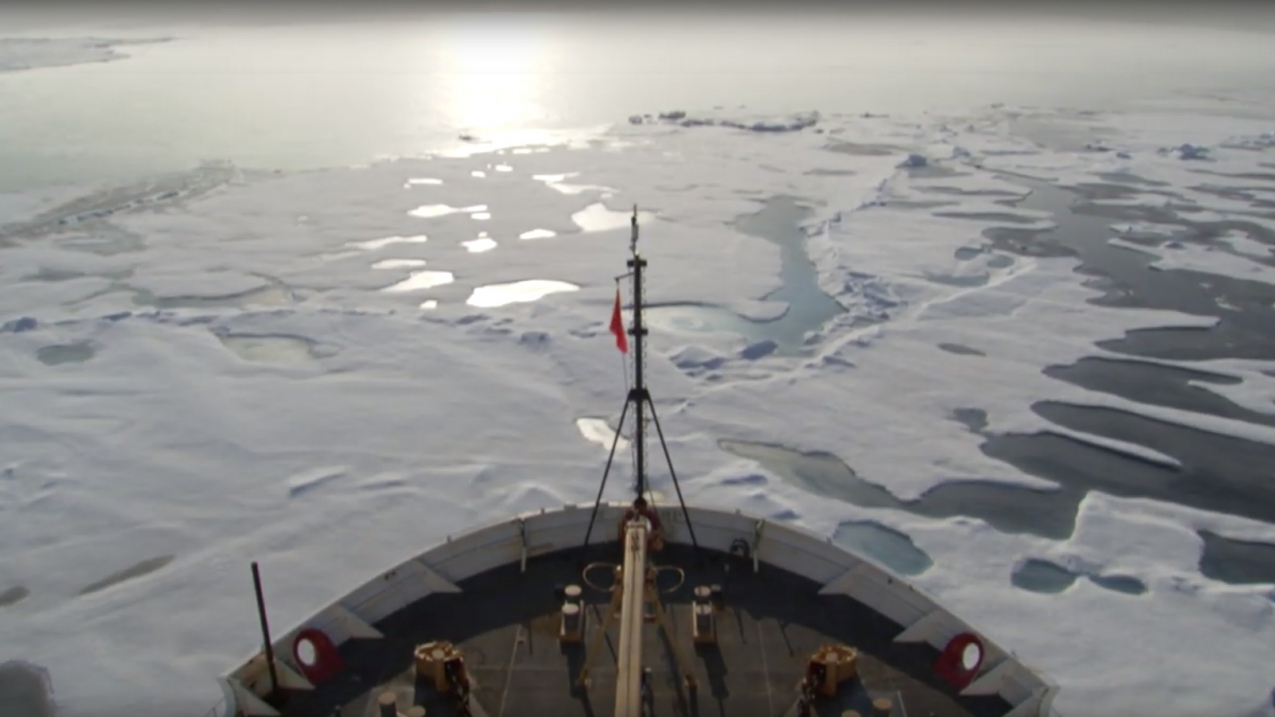
Icebreaker traveling through icy Arctic waters. (Image credit: NOAA)
NOAA's work in the Arctic is far-reaching and includes: ice and snow forecasts, satellites observations, new data gathering technologies, nautical charting, response and restoration, biological surveys and international collaboration.
Earth's thermostat
Like a thermostat for our planet, the Arctic helps to stabilize global climate and regulate temperatures worldwide. What happens in the Arctic doesn't stay in the Arctic, and changes in the Arctic's seemingly harsh, but inherently fragile environment have a profound global reach.
Changes can destabilize the world's weather patterns and ocean circulation, affecting everything from food security and human, fish and wildlife health, to safe navigation, local to global economies, and national security.
Greener, warmer and increasingly accessible, the Arctic is now changing faster than anywhere else on Earth.
Typically, Arctic ice that lasts at least one summer is thicker and more likely to survive future summers. But as this animation shows, ice that is nine years or older is melting fast. Older ice is shown in white. Seasonal ice is the darkest blue.
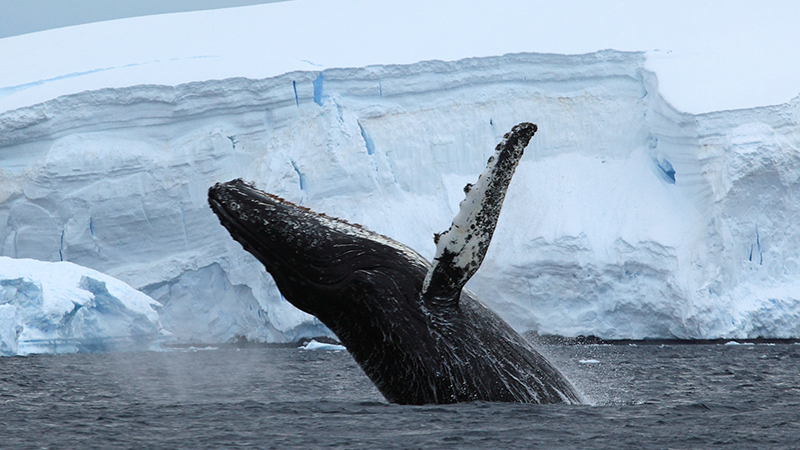
Science: The backbone of our national security
Understanding change
Such rapid change brings new urgency to NOAA's investigations of a changing Arctic and to understanding what long-term change means to Alaska's Native communities and our national and global security.
Understanding this change requires first understanding the science underlying it. Without the foresight to know what is at stake, where sustainable opportunities exist, and what actions are strategically viable is akin to flying blind in the Arctic.
For this reason, sound science is the bedrock of a resilient Arctic. This science is the backbone of our national security, and why NOAA's collaborative work in the Arctic is so crucial to a safe, secure and stable future.
Probing new frontiers
On the cutting-edge
With many partners, NOAA is on the cutting-edge of monitoring Arctic conditions, pioneering innovative technologies, and creatively collecting data and other scientific information vital to shaping sound Arctic policy and stewardship.
In this story map, you’ll see how NOAA is tackling exciting new opportunities along with the challenges emerging from the Arctic's increasingly ice-free waters.
Meeting emerging needs
A Coupled Arctic Forecast System (CAFS) is being evaluated to improve ice and snow forecasts, which are critical to coastal communities and safe navigation. Below are seven-day forecasts for the Arctic Ocean north of Alaska to the North Pole. Arrows show the direction of surface winds. The longer the arrow, the stronger the winds. The winds can move ice, creating areas where it's pulled apart or compressed.
New Arctic testbed
NOAA capabilities in Alaska continue to evolve. Three 24/7 Weather Forecast Offices and 11 additional offices provide weather services. There are hydrologic forecasts and sea ice analyses and forecasts. Support for weather aviation includes volcanic ash advisories. Just north of Anchorage is the National Tsunami Warning Center.
To meet emerging needs, an NOAA Arctic Test Bed has been designed as a nexus for improving NOAA's responsiveness to changing science and service priorities. The Test Bed will pilot and operationalize products and services critical to Alaska's residents, infrastructure and environment, and advance NOAA's goal of building a Weather-Ready Nation.
Studying Earth from space
Collecting vital data
NOAA satellites keep an eye on many areas where ground observations are scarce. The new GOES-17 geostationary satellite has begun watching parts of Alaska and the neighboring Canadian Arctic from more than 22,000 miles above Earth.
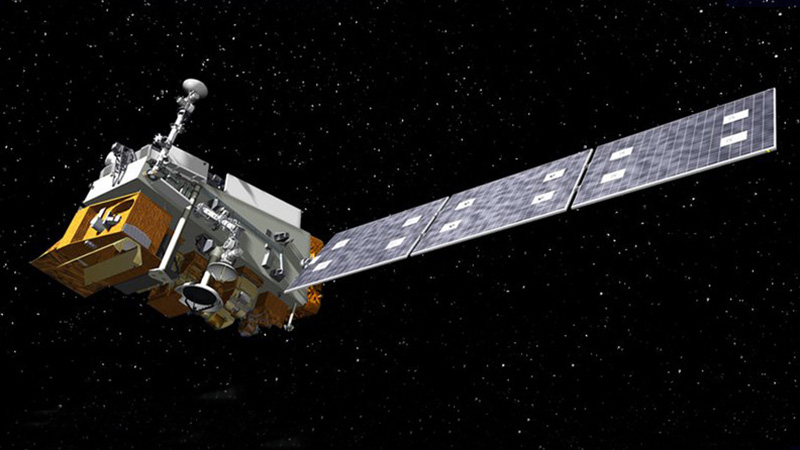
Polar-orbiting satellites such as NOAA-20 and Suomi NPP fly over the Arctic 28 times daily, collecting valuable data from the atmosphere and sea ice to improve weather forecasts and climate information. Working together, the two systems provide high-resolution data and imagery to improve sea ice and snow cover monitoring and the tracking of wildfire smoke and volcanic ash.
In ice-choked waters, satellite observations contribute to safe aviation and navigation, informing the decisions of emergency managers, fishing communities, and the tourism and energy industries, among others.
Game-changing technologies
Filling observation gaps
Riveting new technology is revolutionizing understanding of the still largely unknown Arctic environment, filling significant gaps in ocean and atmospheric observations.
Partnering with industry, academia and other federal partners, NOAA is on the leading edge of pioneering these technologies. The unmanned, fast and cost-effective tools are sturdy enough to withstand icy temperatures and collect quality data for long periods.
The data have a broad reach. Scientists, for example, need reliable data about the rate of melting Arctic ice to accurately predict extreme weather in the rest of the world.
Modernizing nautical charts
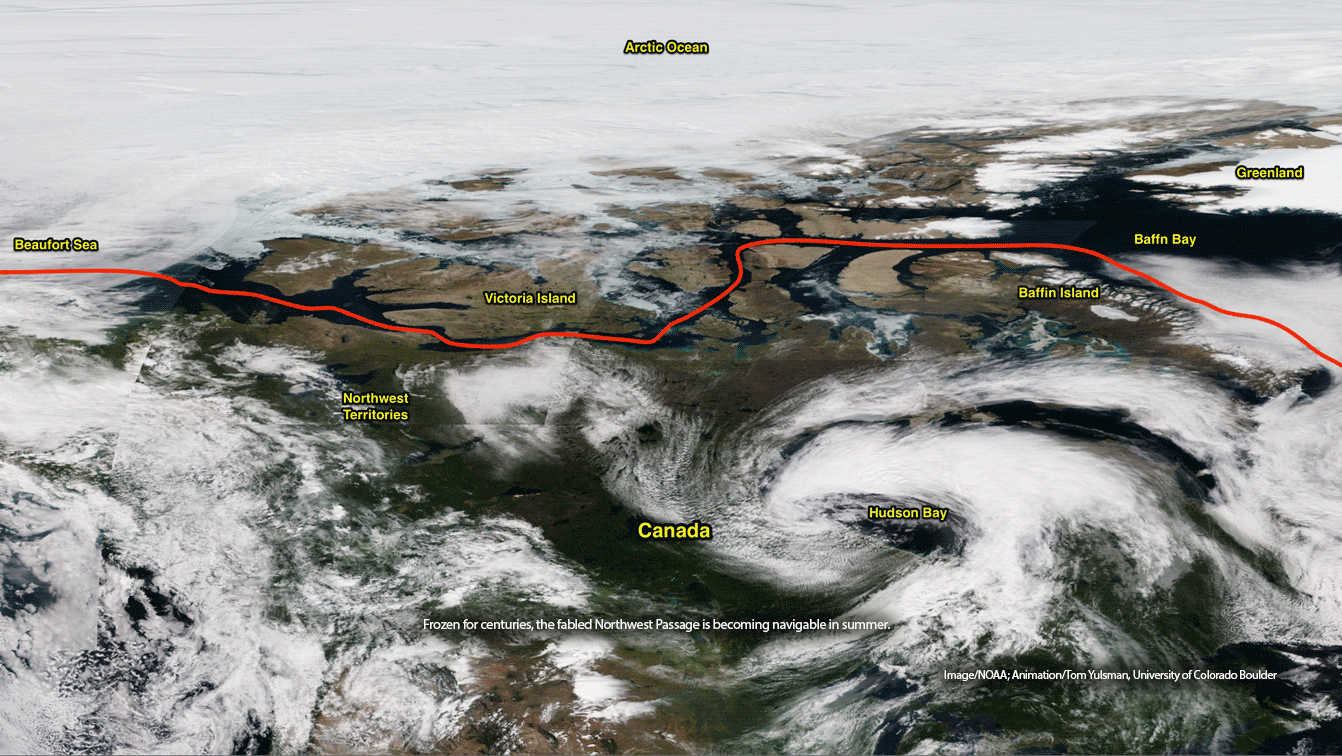
Charting the future
Once impenetrable to all but the hardiest, Arctic waters are now budding hubs of activity. All of this new traffic needs to run safely. NOAA is updating nautical charts and increasing tide and current monitoring. Shoreline and other geodetic surveys are underway along with preparations for potential oil spills and other hazards that can now stretch to the North Pole.
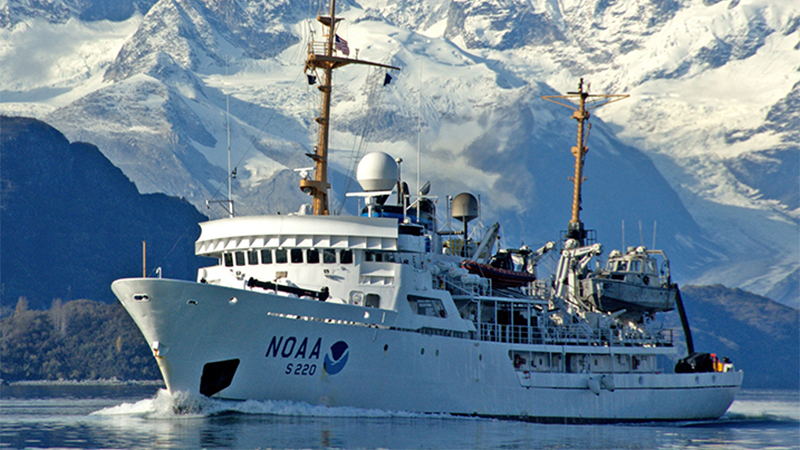
Fast-rising vessel traffic also raises the risk of polluting pristine waters. What happens, for example, if an oil spill freezes and ice covers it? Because the ice is moving, the oil is, too. Knowing where it’s headed is critical to know what will happen once the oil thaws.
Rapid response
Arctic ERMA is a huge asset in a region where emergency response is particularly challenging. In a single interactive map, ERMA provides fast visualization of on-the-ground conditions, supporting rapid response to environmental hazards and other incidents.
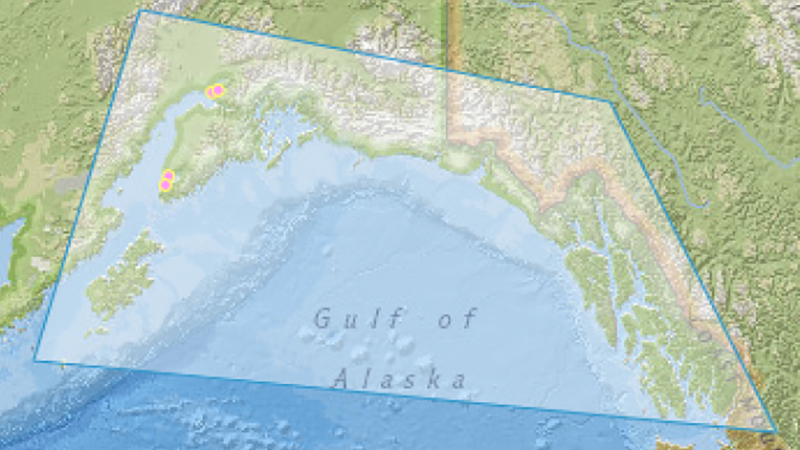
ERMA integrates static and real-time data. Local stakeholders and regional responders have identified data needs in over 500 areas, including weather, sea ice and vessel zones.
Polar projections are a recent addition, providing more accurate detail than a flat-map perspective. They are key to estimating how far an oil spill is from land and to improve the ability of all Arctic nations to see the same details at the same time.
Clues to life in the Bering Sea
Tracking seal populations
How Arctic change is affecting northern Bering Sea ecosystems is of particular interest to NOAA scientists. Seals are key predators in the marine food chain and an important food source for Alaska's Native communities. Changes in populations or behavior could impact marine ecosystems and the people that rely on them.
Searching the Bering Sea for ribbon, spotted, bearded and ringed seals, fisheries scientists are collecting biological information and attaching satellite tracking devices to develop population estimates and study the seals’ movements, habitat and feeding behavior.
For last year's survey offsite link, NOAA researchers traveled more than 235 miles farther north than for previous studies. Research showed declining fat in spotted seal pups over the past four years, suggesting their mothers were eating less and providing less food.
Arctic leadership
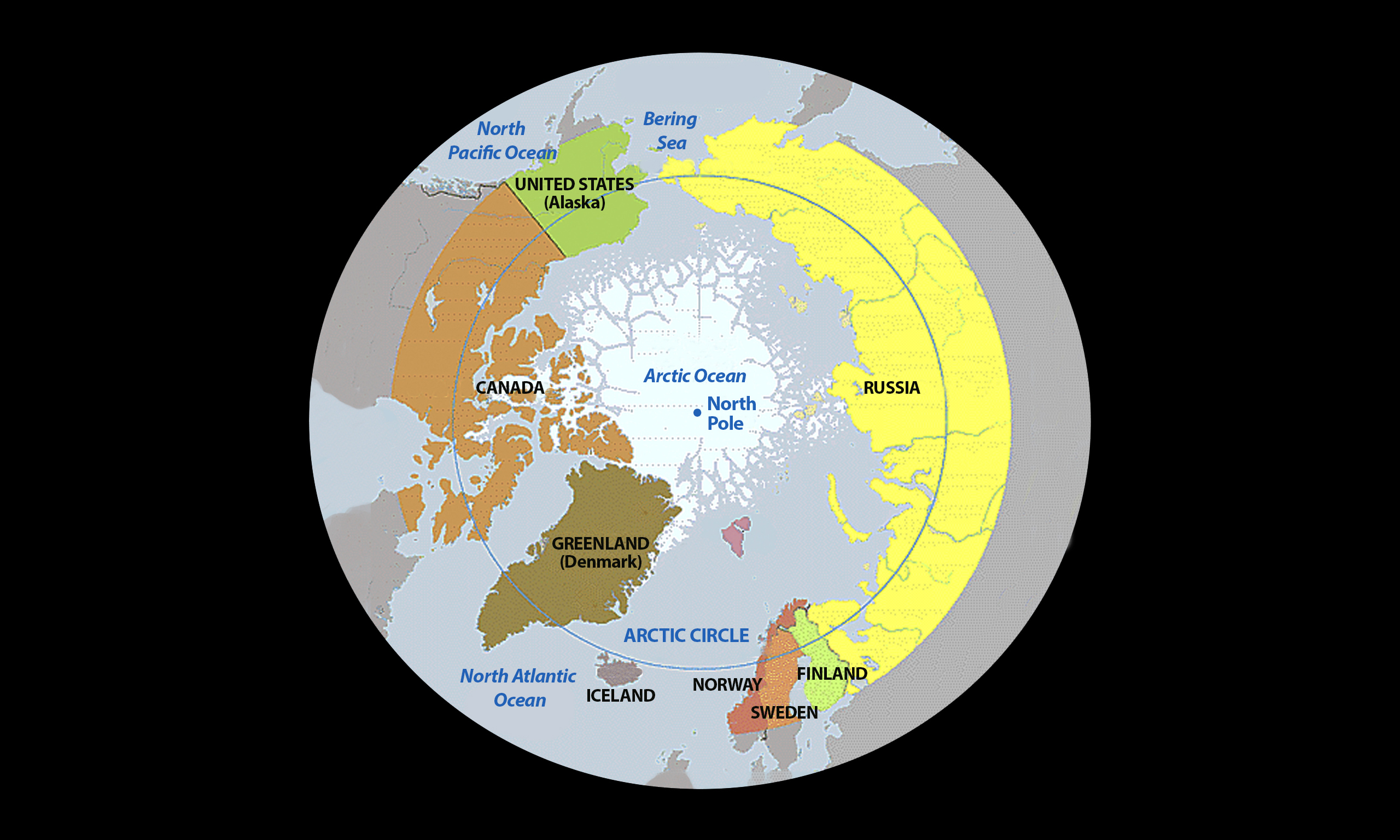
International collaboration
As a leading voice on the Arctic Council offsite link, NOAA works closely with other Arctic nations and Native communities. NOAA activities benefit from these and other efforts.
Sharing Arctic observations will improve hurricane, drought, severe weather and other forecasts worldwide. The prospect of viable fishing in the Arctic led to a new agreement, including a research and monitoring component, which is aimed at supporting sustainability for U.S. fishing communities.
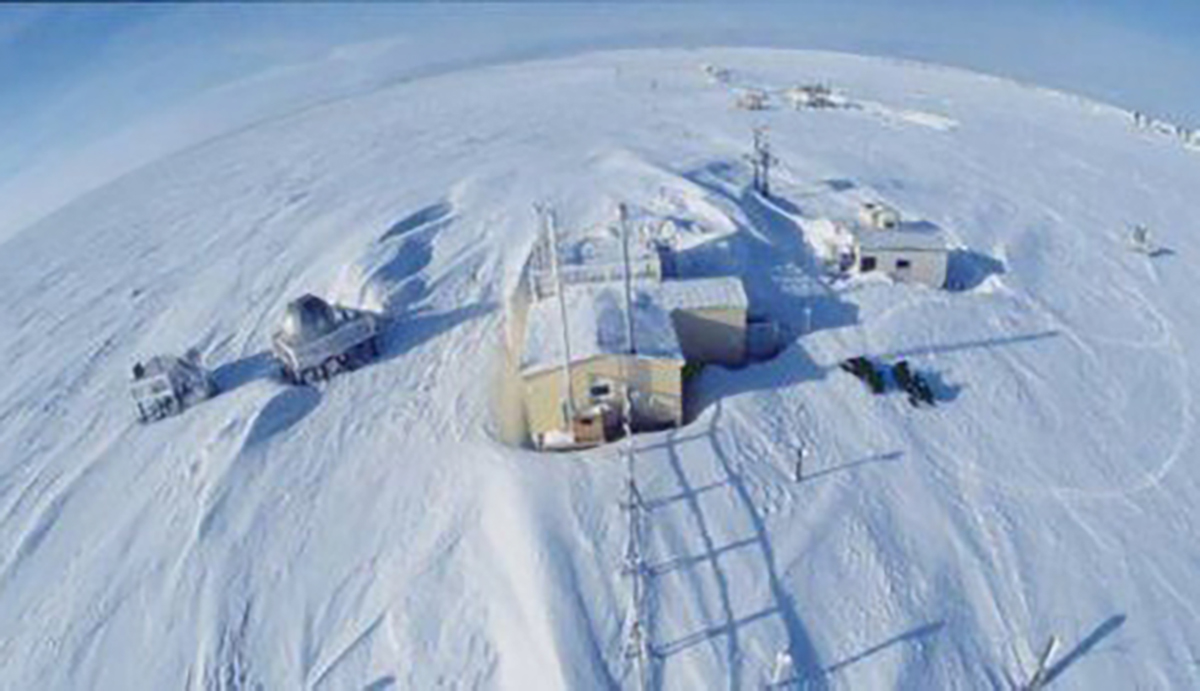
NOAA has contributed information about microplastics and other marine litter offsite link. Pending approval at an upcoming Arctic Council Ministerial, the information can bolster action about growing litter concerns in the Arctic.
NOAA is also actively engaged in developing assessments such as this year’s update on ocean acidification offsite link that will serve as the basis of policy recommendations at the Ministerial.
Keep exploring!
- Explore NOAA’s Arctic Program
- Examine the 2018 Arctic Report Card
- Meet the people of the Arctic offsite link
- Learn about traditional knowledge offsite link
- Explore NOAA’s Arctic Program
- Examine the 2018 Arctic Report Card
- Meet the people of the Arctic offsite link
- Learn about traditional knowledge offsite link
- Deep dive into the Arctic
- See magical views of the "Hidden Ocean"
- Journey to polar seas and watersheds offsite link
- Traverse the AK Ocean Observing System offsite link
- What’s life like in the deep sea?
- How many fish are in Arctic waters? How do scientists know?
- Identify the link between ice and climate offsite link
- Plot and analyze Arctic climate data offsite link
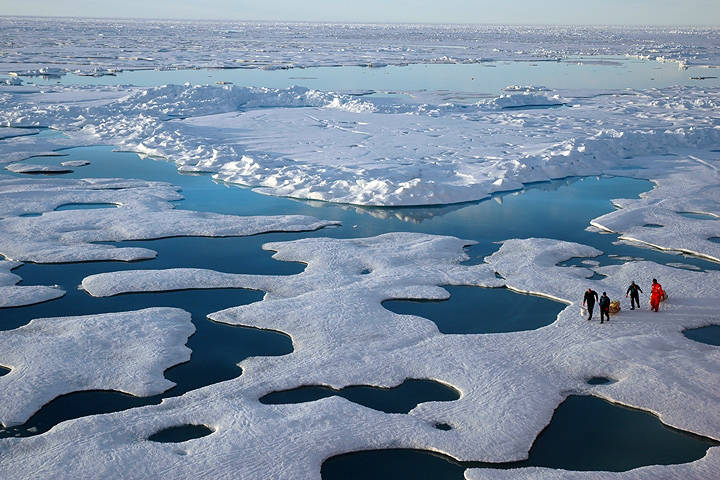
"Majestic and still largely uncharted, the Arctic is fast becoming a hub of human activity, scientific exploration and immense economic promise. Its increasing accessibility is driving our nation and others to take a closer look at this emerging ocean frontier. I am proud that NOAA is on the cusp of Arctic change, partnering with many to fill gaps in understanding and innovating the tools and techniques needed to help ensure a healthy future for the Arctic, and our entire planet."
Benjamin Friedman,
Deputy Under Secretary for Operations
National Oceanic and Atmospheric Administration
On a NOAA-sponsored expedition, scientists from the University of Alaska Fairbanks explored hidden life in the depths of the Arctic Ocean. Biodiversity was assessed from sea ice through the water column and down to the seafloor, marking the first time a comprehensive, multi-disciplinary approach was used to understand and characterize diversity in all of these Arctic realms. The 2005 mission led to public availability of important new biological data and contributed to evaluating the impact of environmental change in one of the most remote, complex and fastest changing regions of the world.
To view the original Arctic story map, please see this version on the ESRI website offsite link.




